Not ugly!
Charles Mudede
Comments
Please wait...
Comments are closed.
Commenting on this item is available only to members of the site. You can sign in here or create an account here.
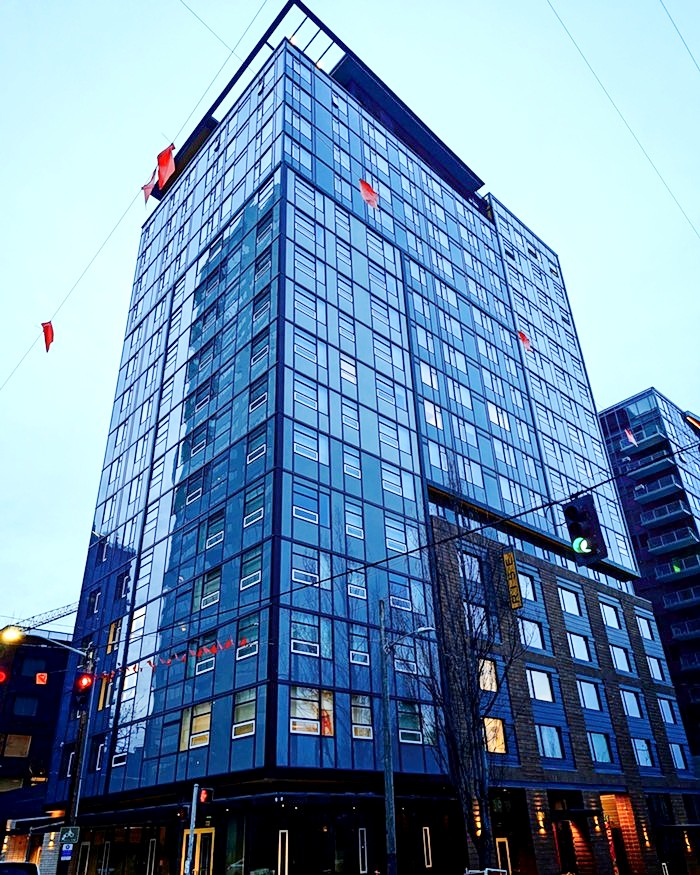
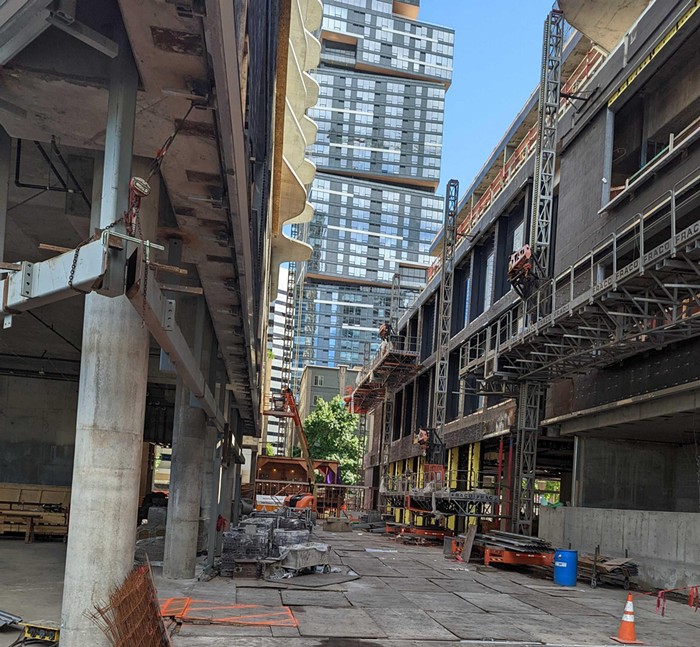
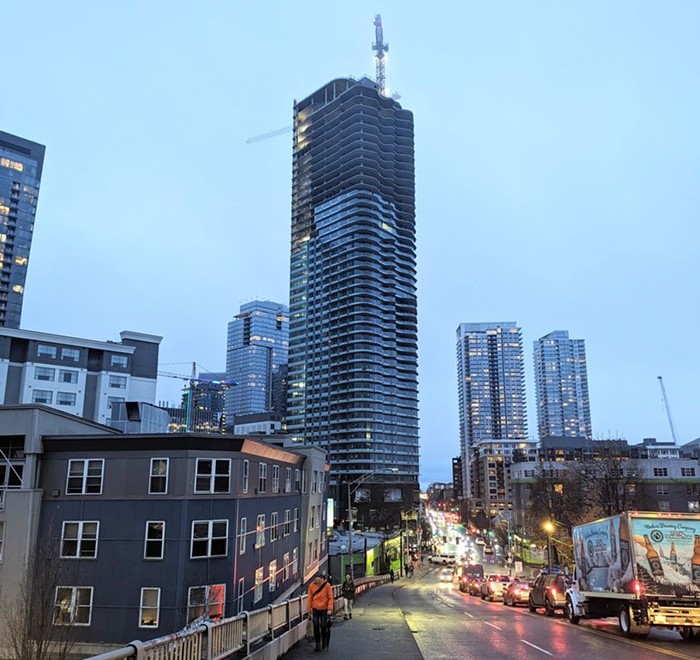
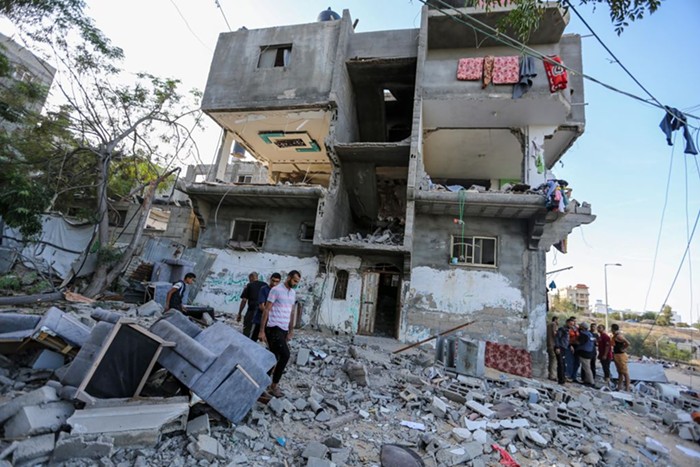




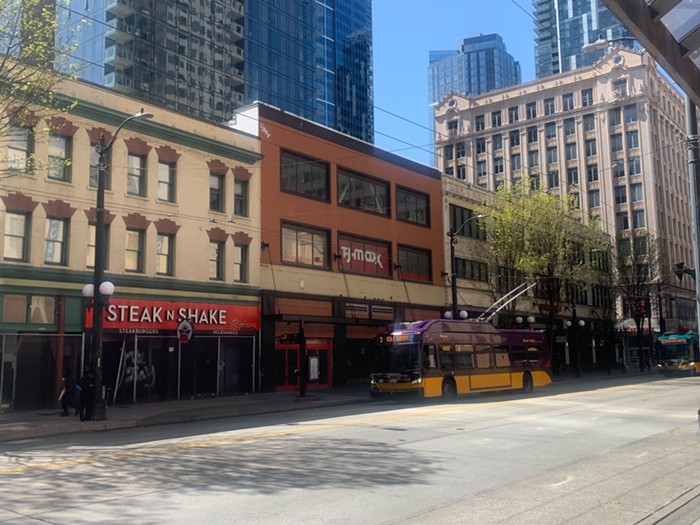







It would be interesting to know what is meant by the term "affordable" since there was no mention of what the rental charges would be. Also, is the entire building to be regarded as affordable or is it only to be the first two to five floors of studios reserved for homeless seniors?
Obviously homeless seniors get the penthouse apartments, this is First Hill, not Belltown
I like Cedar Crossing in Roosevelt, built w MHA money. Some cool common indoor and outdoor areas, and a yummy (but Seattle priced) Vietnamese restaurant on site. Across the street from light rail.
Of course it doesn’t have to be ugly but the more amenities and niceties you put into something the higher the price tag and the higher the rent needed to pay for all that. There is a reason things that are cheap most of the time look pretty basic.
Developers clearly made money on this project. Look at all that glass and concrete. HIDEOUS.
Note the lack of right wing commenters not trying to dunk on Charles so far. He denuded you of every somewhat salient point in one essay. There is no comeback. Charles dunked on you. As always, great essay, Charles.
All that bloviating and, as @1 pointed out, no mention of exactly how ‘affordable’ these units are.
Also, if you need to ask someone to reread a sentence or paragraph, you’re not really much of a writer.
"[O]n a property Sound Transit claimed in 2001 to build a First Hill subway station. That excellent plan was abandoned because all public transportation projects do not hold a candle to projects devoted to the impossible task of improving the experience of a space- and resource-exhausting form of transportation, the ultra-costly car."
Actually it was abandoned because it turns out that tunnelling a hard right turn from Convention Place toward First Hill, then tunnelling a U-turn to continue north toward Capitol Hill, didn't make any sense whatsoever.
@8: I’m always amused at how many “right wing” commenters the Stranger has, especially for a site in Seattle. And, since you don’t seem actually to have read the other comments here, I’ll do you the favor of informing you: the very first comment notes that Charles utterly failed to provide any evidence at all for this building providing “affordable” housing. So, not proving the central point of his post was a great win for Charles? What would a loss look like?
I think it’s interesting that you mention the Pruitt–Igoe development in St. Louis as an example of a poor public housing project; but as noted in the linked Wikipedia article, poor maintenance, vandalism, and crime (mostly perpetrated by outsiders) truly were the things that killed Pruitt–Igoe. It seems these factors will also kill any housing project, no matter how “pretty” it may start out.
“Indeed, during the UK's post-war (short-lived—a decade) submission to the humanist principles of social democracy, the art of the many housing projects far surpassed those in the market.”
That’s because it was the only new construction in post-war Britain, and Britain is a place which had always defined “luxury housing” as cold, drafty, dank and ugly piles of stones leaning hard into the damp soil of an otherwise-beautiful island.
Charles may as well have added the food was better, too.
I did some checking and found out the present rent range will be from $1015-$1738. On the high end, for a three bedroom apartment that seems very reasonable, even for a two bedroom. On the low end, though, $1015 for a studio does not seem to be such a great deal as far as affordability goes. I suppose for seniors it might well take up most if not all of a social security check. Doing a casual look in the real estate websites there seen to be more that a few studios in the $1200-$1300 range.
Why is nothing ever said about fire safety in these buildings. How can people be guaranteed safe exit in these structures? Are people familiar with this lovely looking affordable tower in England where almost everyone inside perished in a horrific fire? I have to wonder if some of these buildings are like that.
@20: “The Seattle Building Code (SBC) provides minimum requirements for design and construction of new buildings. Seattle has adopted the 2018 International Building Code, with amendments specific to our city.”
(https://www.seattle.gov/sdci/codes/codes-we-enforce-(a-z)/building-code#2018seattlebuildingcode)
Chapters 7, 9, and 10 cover fire resistance, fire sensing & extinguishing systems, and building occupant egress requirements, respectively. Enjoy!
food
clothes
shelter
then on to other things
North American Jay Bird dear, every time a disaster happens (especially the major ones like the MGM Grand fire, Our Lady Of The Angels school fire, The Beverly Hill Supper Club fire, or the Grenfel fire that you cite) the building, electrical, and fire codes are amended to incorporate lessons learned. Buildings are as safe as they've ever been.
You may remember that several years back a basically brand new high-rise apartment building in Belltown was demolished because it was discovered that the rebar in the concrete had not been protected from rusting.
Of course, there's always the situation like that condo building in Miami that collapsed, but that was because of poor (but acceptable at the time) design, coupled with a criminal lack of maintenance.